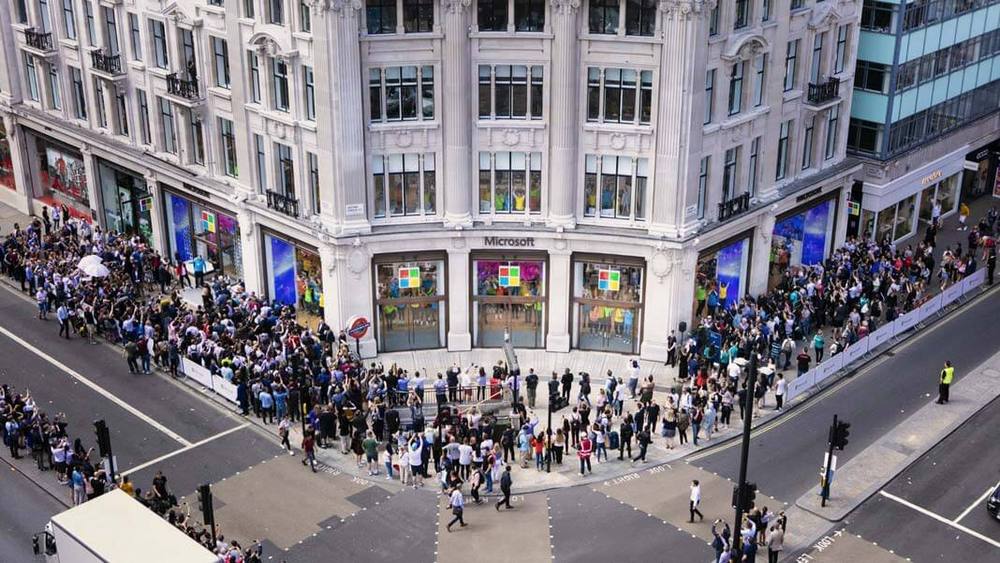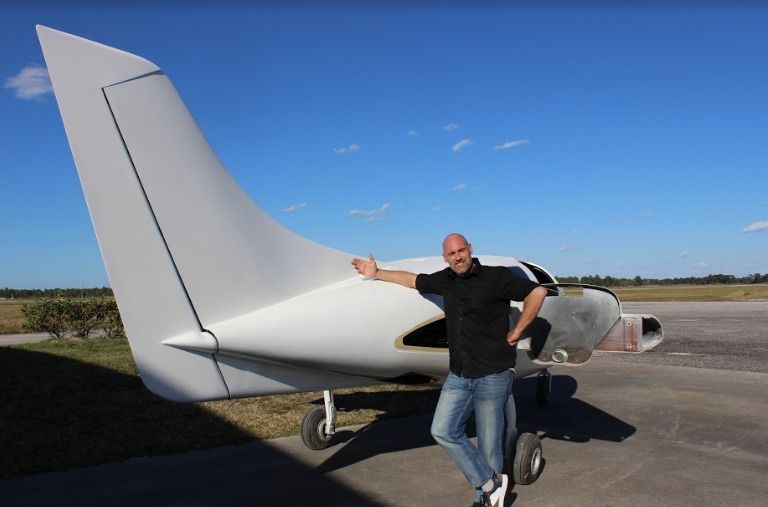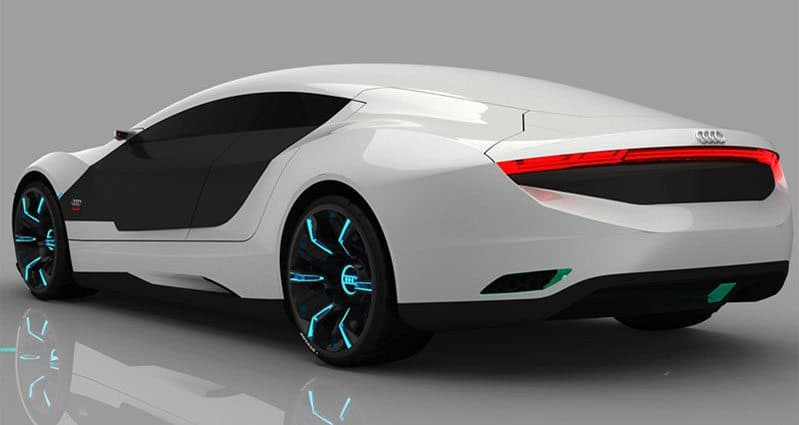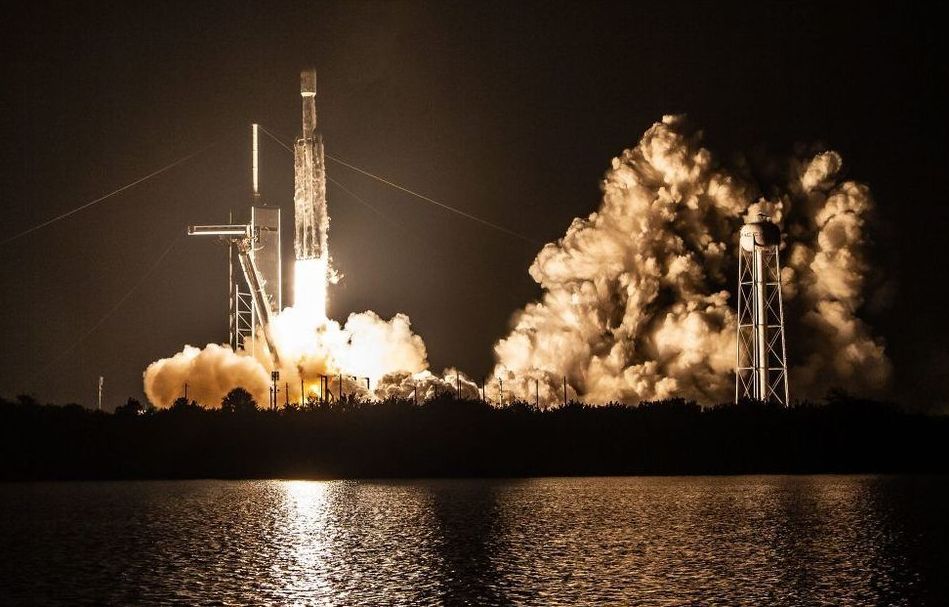This could be used for real hoverboards and hovering spacecraft could float out of atmosphere just like aliens do :3.
The quantum vacuum has fascinated physicists ever since Hendrik Casimir and Dirk Polder suggested in 1948 that it would exert a force on a pair of narrowly separated conducting plates. Their idea was eventually confirmed when the force was measured in 1997. Just how to exploit this force is still not clear, however.
In recent years, a new way of thinking about the quantum vacuum has emerged which has vastly more potential. And today, one physicist describes how it could be used to create propulsion.
Before we discuss that, let’s track back a little. According to quantum mechanics, any vacuum will be filled with electromagnetic waves leaping in and out of existence. It turns out that these waves can have various measurable effects, such as the Casimir-Polder force.







